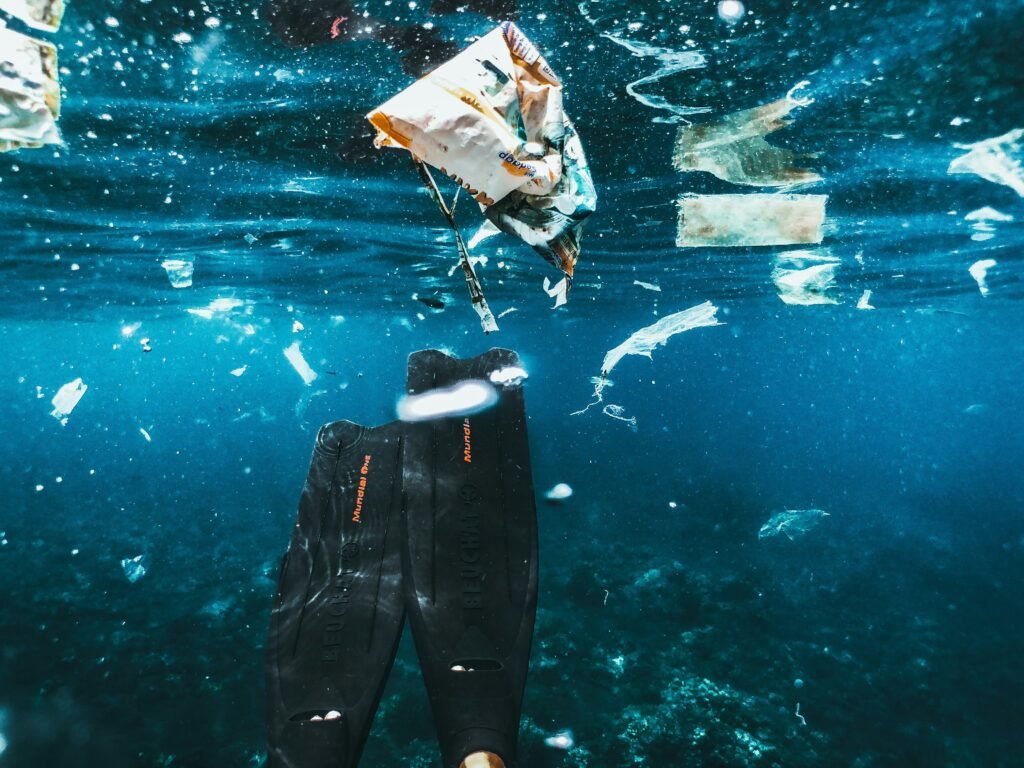Researchers say that even satellites not specifically made to spot floating trash could help fight increasing sea pollution.
Satellites Can Help Track Ocean Trash from Space
Satellites can now track ocean garbage from space, which could be a “game changer” for dealing with marine litter, according to new research. The study, published in Nature Communications, suggests that even satellites not designed to spot floating trash can help fight the growing problem of ocean pollution.

Researchers say that 30 million metric tons of plastic are already in the world’s oceans, and this number is expected to increase. Tracking this trash has been hard for scientists because it covers only a small part of the ocean’s surface, making it difficult to monitor accurately from space.
Using Satellites to Track Ocean Trash in the Mediterranean Sea
An international team of researchers found a new way to track ocean trash by studying 300,000 images of the Mediterranean Sea taken by the Copernicus Sentinel-2 satellites. These satellites, sponsored by the European Space Agency, capture detailed images of Earth’s surface.

The researchers were looking for “litter windrows”—long clusters of floating trash that could indicate high litter density in certain areas. Between July 2015 and September 2021, the satellites photographed 14,374 litter windrows covering about 36 square miles of sea. Some windrows were as long as 14.3 miles.
By analyzing these images, the researchers calculated the litter density in these areas. They identified hot spots near Algeria, Libya, southwest Italy, and the northern Adriatic Sea, finding that areas with denser populations had more nearby trash.
Researchers Propose Satellites for Tracking Ocean Trash
The study suggests that most ocean trash stays close to where it comes from on land, though currents, winds, and storms can push it farther out to sea. These “pulses” of litter make trash levels higher in spring and autumn and lower in winter.
